
The site of an infamous B.C. mining disaster could get even bigger. This First Nation is going to court — and ‘won’t back down’
Xatśūll First Nation is challenging B.C.’s approval of Mount Polley mine’s tailings dam raising. Indigenous...
For many Canadians, the summer months are a precious reprieve from long, cold and dark winters. Summer is for barbecues and beach days, camping and swimming — a time to enjoy the great outdoors without having to bundle up.
That is, until the mercury really soars — which is happening more and more with climate change. “It’s wayyy too hot,” is already a common refrain this summer, from B.C. to Eastern Canada.
With that intense heat comes health risks like high humidity, UV exposure and sometimes wildfire smoke.
As the climate changes, some of those risks are becoming more intense or popping up with more frequency. Human-caused climate change makes heat domes — like the one in Eastern Canada in June — more likely, according to a first-of-its-kind analysis by Environment and Climate Change Canada. That heat dome was followed by this week’s intense heat across the West, which set 37 records in B.C. and 13 in Alberta as temperatures soared to more than 40 C in several places in B.C.
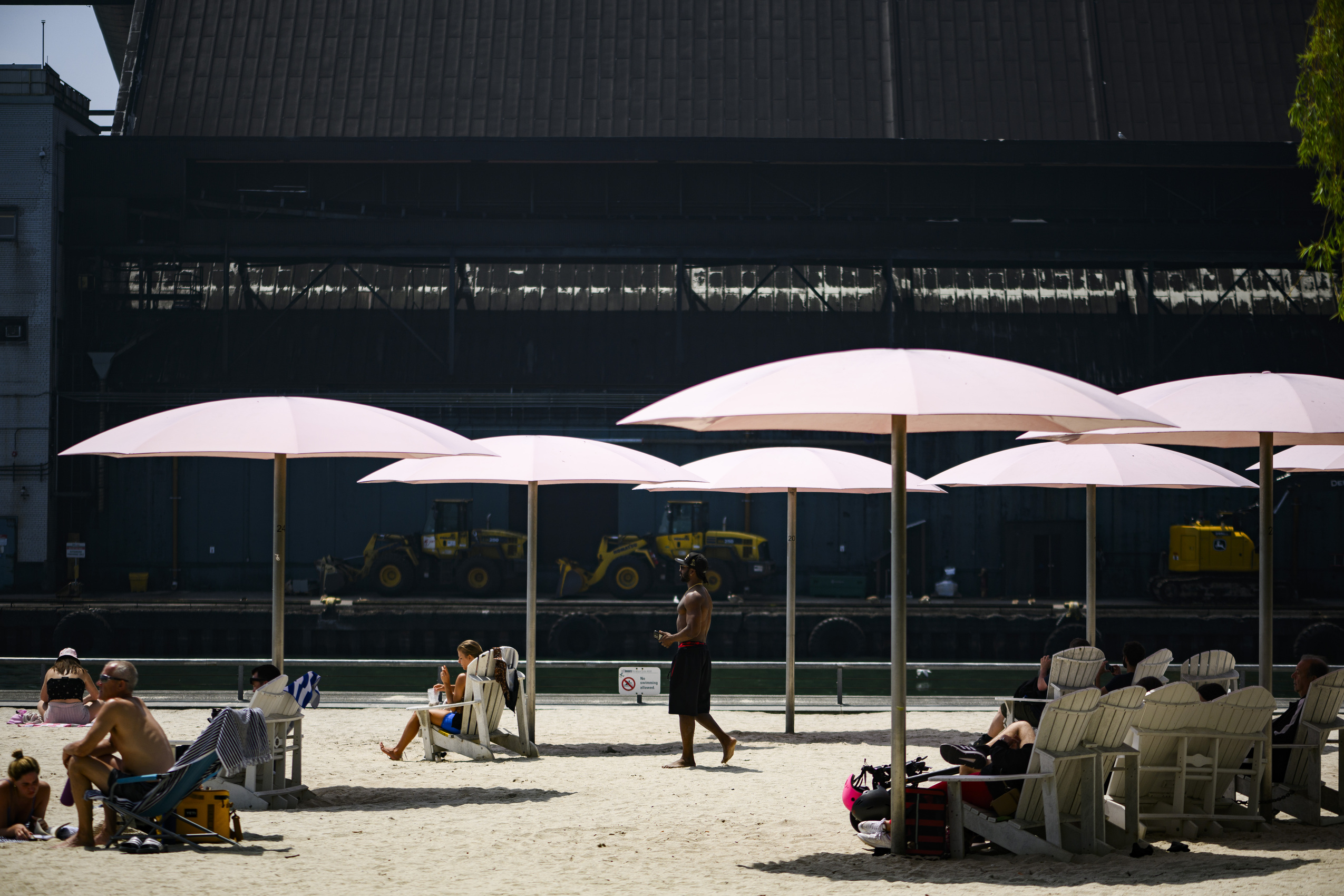
“It is the first heat wave [of the season] and so some people may not be acclimatized, which is important in terms of some of the health risks,” Health Canada spokesperson Peter Berry said during a media briefing.
“Some people may not be in the habit of protecting themselves from heat, given that this is early in the season. It’s still really important to prepare, particularly for people that may require assistance.”
In other words, it’s time to get serious about heat.
The federal Environment Department concluded climate change, driven mostly by rising greenhouse gas emissions, is causing more extreme weather events like heat domes and contributing to increasingly frequent and ferocious wildfires.
Three years ago, in June 2021, B.C. experienced a heat dome with temperatures up to 20 C above normal and set the highest temperature ever recorded in Canada: 49.6 C in Lytton on June 29. (The town was destroyed by a wildfire the next day.) The extreme heat killed 619 people, according to the BC Coroners Service, making it the deadliest weather-related event in Canadian history. Most were older people living in the urban Lower Mainland.
All of this can make summer feel more like a time for fretting than for fun. It also raises questions: how do we measure the health risks that are becoming a feature of Canadian summers? What do tools like the humidex and air quality health indexes tell us? Read on.
People in Eastern Canada love to complain about the stickiness of humidity in the summertime. Sure, the West is having a heat wave too, they say — but it’s a dry heat. It’s not the same. And while heat is heat, there’s also a kernel of truth in there. Humidity can make high temperatures harder for human bodies to handle, causing us to feel even hotter and sometimes leading to health problems.
Why is humidity during a heat wave a health risk?
Humidity makes it more difficult to cool down. Normally, we do it by sweating. When we perspire, moisture seeps out onto our skin and evaporates, taking with it some of the heat from our bodies. But humidity short-circuits that process: sweat won’t evaporate if the air is already too wet, so the heat sticks around too. That raises the risk of health problems related to high temperatures, like heat rashes and heat-stroke. Humidity also plays a role in many of the deaths caused by heat waves.
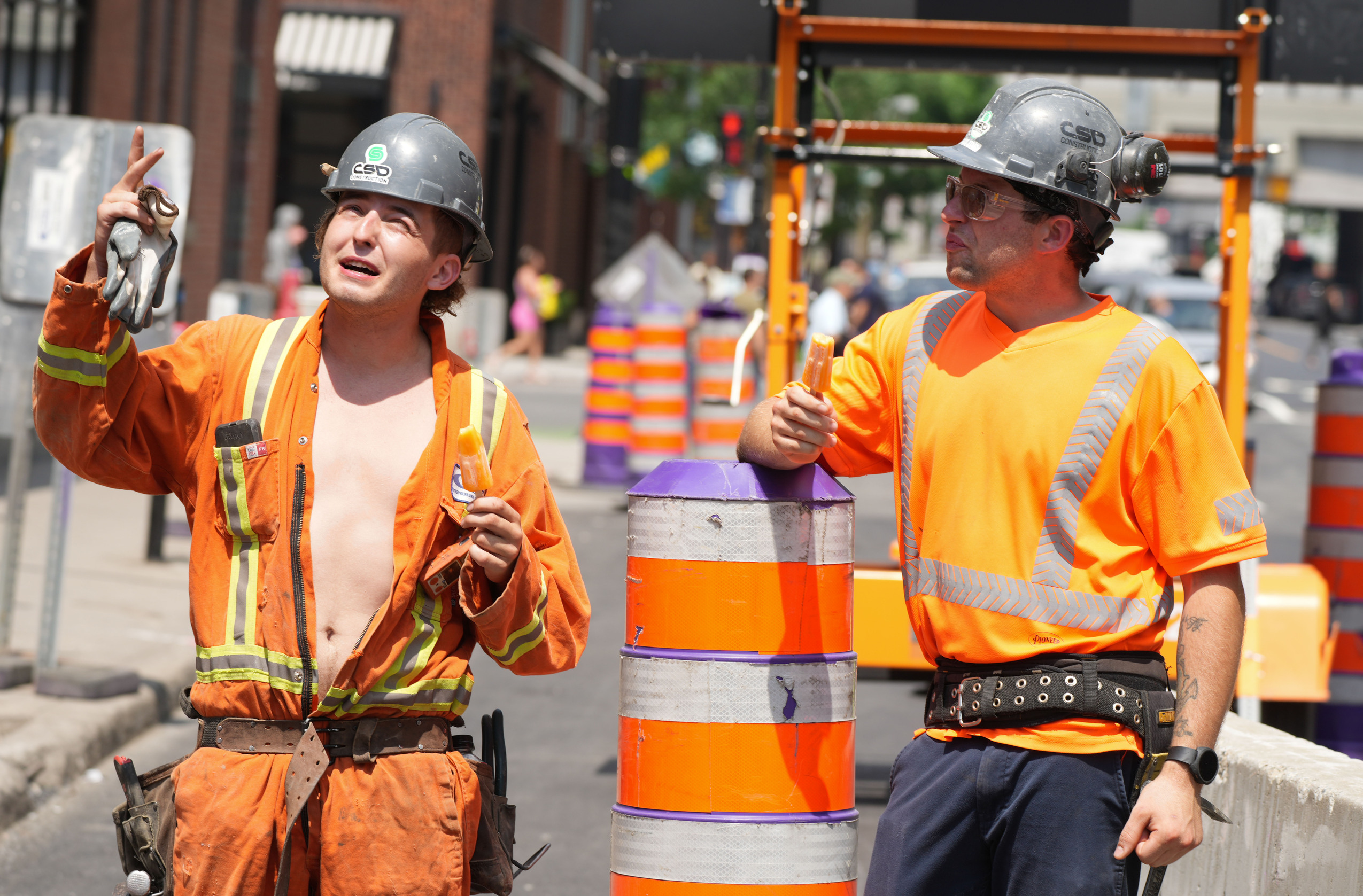
Prolonged heat waves or heat dome events — when a large area of stagnant, hot air becomes trapped near Earth’s surface — can be even more stressful on the body because the sauna-like conditions can stick around for days a time. If temperatures don’t dip below 20 C at night, your body can’t get respite from the stress of heat and humidity exposure, which is especially dangerous if you have underlying health conditions, like heart diseases or asthma.
What is the goal of the humidex?
Experts have come up with various formulas over the years — including the U.S. National Weather Service’s heat index — to try to quantify the danger of high moisture in the air. Some meteorologists factor in humidity for the “feels like” temperature listed in forecasts, which describes how we experience the weather rather than what the thermometer reads.
Environment and Climate Change Canada uses a tool called the humidex. Meteorologists began using it in 1965, combining measurements of heat and humidity to get a rough estimate of how hot it really feels outside so we can gauge how much the weather could affect us.
For example, during the June heat dome that hovered over Eastern Canada, meteorologists forecast temperatures of 30 C to 35 C degrees in Toronto, with a humidex around 40. Although the mercury maxed out at 35 C, it felt about as hot as it would have been if the air were 40 C and dry.
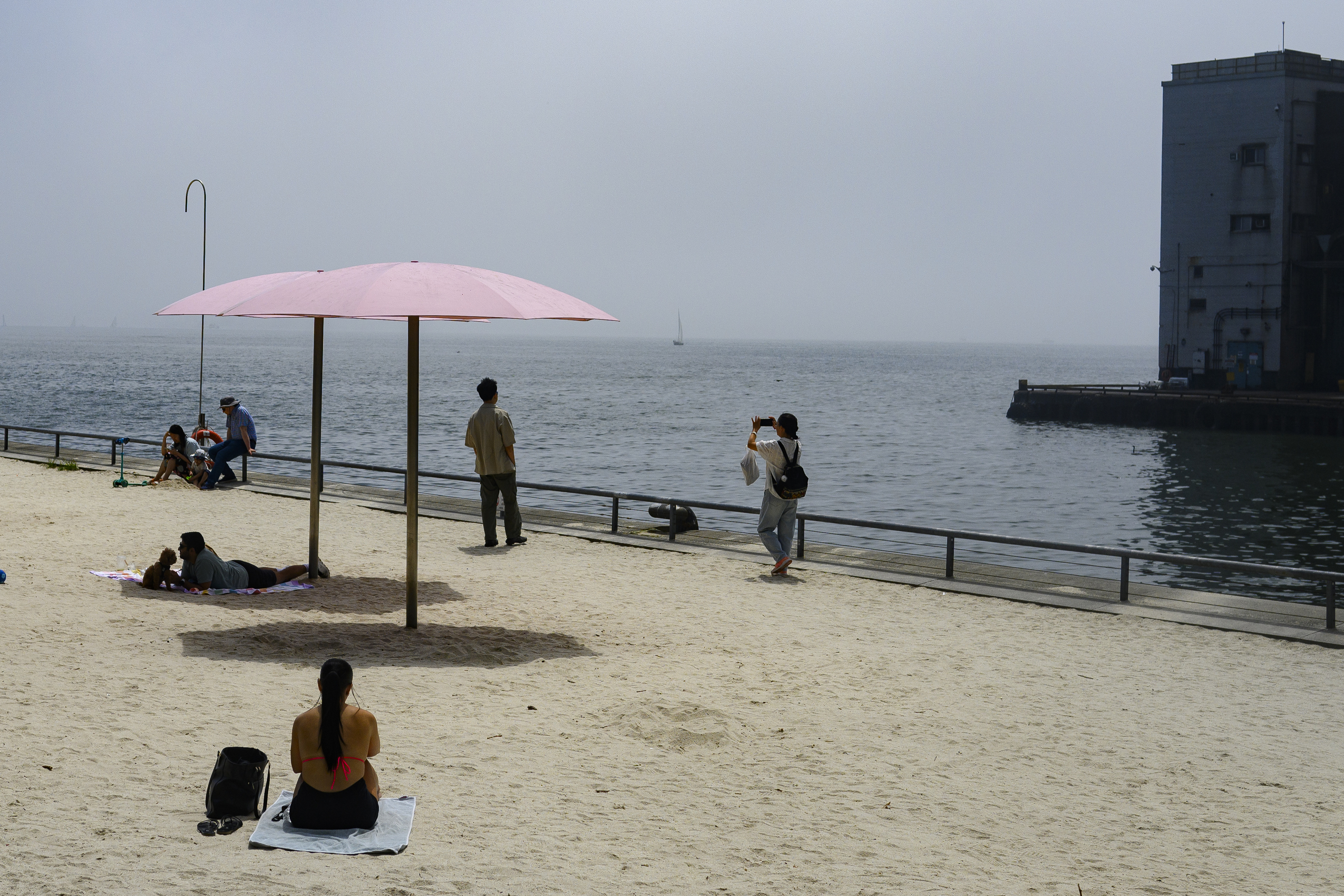
A humidex rating between 20 to 29 means people might experience a bit of discomfort, though everyone responds differently to different weather conditions. At the other end of the spectrum, people should avoid exerting themselves when the humidex hits 40 to 45, according to Environment Canada. Anything above 45 is classified as dangerous, coming with a “considerable risk” of heat- stroke. That’s when core body temperatures exceed 40 C, affecting the central nervous system and causing symptoms like nausea, seizures, disorientation and confusion — and sometimes even loss of consciousness or coma.
What doesn’t the humidex tell us?
The humidex doesn’t account for everything — if a summer breeze by the water might cool you down, that’s not part of the equation. And many other factors, like the clothes you’re wearing or your age, might influence what a temperature feels like for you. Even so, experts say the humidex matters because it’s a way to warn people about humidity so they can find ways to cope with it and protect themselves.
People tend to be more familiar with the humidex in Ontario, Manitoba and Quebec. But once in a while, it will pop up on the forecast in parts of Alberta and Saskatchewan, when a mass of hot, wet air wafts north from the Caribbean or the Gulf of Mexico.
The UV index measures the strength of ultraviolet rays from the sun. Scientists working for Environment and Climate Change Canada created it in 1992, and it quickly took off. Within a decade, a revised version of the scale officially became a global standard for weather forecasting, used to warn people to protect their eyes and skin from intense sunlight, which can age skin and cause sunburns, eye cataracts and skin cancer.
How to read the UV index
The UV index starts at 0 and doesn’t technically have a top limit, though the maximum ever recorded in Canada was a 12 (other places to the south have recorded higher values). Southern Ontario tends to experience the highest UV values in the country, according to Environment and Climate Change Canada. In general, the higher the number, the stronger the UV rays and the more precautions you should take.
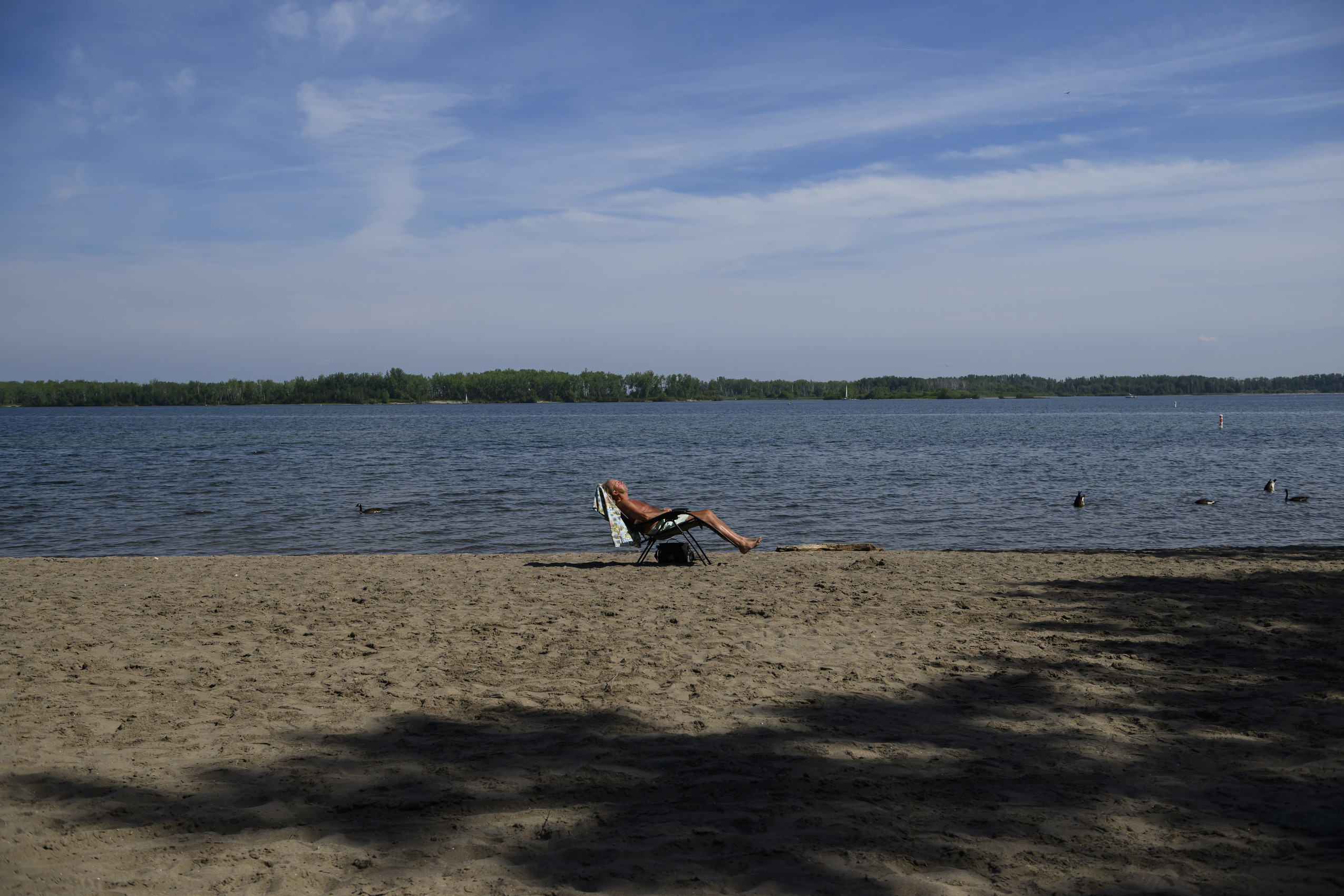
Experts generally recommend wearing sunscreen, sunglasses and a hat if you’re going to be outside, but the risks become much higher once the UV index hits six or seven. In the eight to 10 range, experts recommend reducing your time in the sun between 11 a.m. and 3 p.m. A UV index above 11 is considered extreme, with Environment and Climate Change Canada warning unprotected skin can be burned or damaged within minutes. (The agency’s full breakdown of what each rating on the index means can be found here.) Snow, white sand and other white surfaces can also reflect UV rays and increase your exposure, even if the UV index for the day isn’t very high.
What makes ultraviolet rays stronger or weaker?
The index calculations are based on a few factors that naturally filter the amount of UV light we receive. First, cloud cover. Second, the angle of the sun: the atmosphere absorbs some UV rays, so the rays tend to be weaker when they take a longer path through the atmosphere, such as when the sun is close to the horizon. On the flipside, UV rays are stronger when the sun is directly overhead, with the rays taking the quickest and most direct path to the ground.
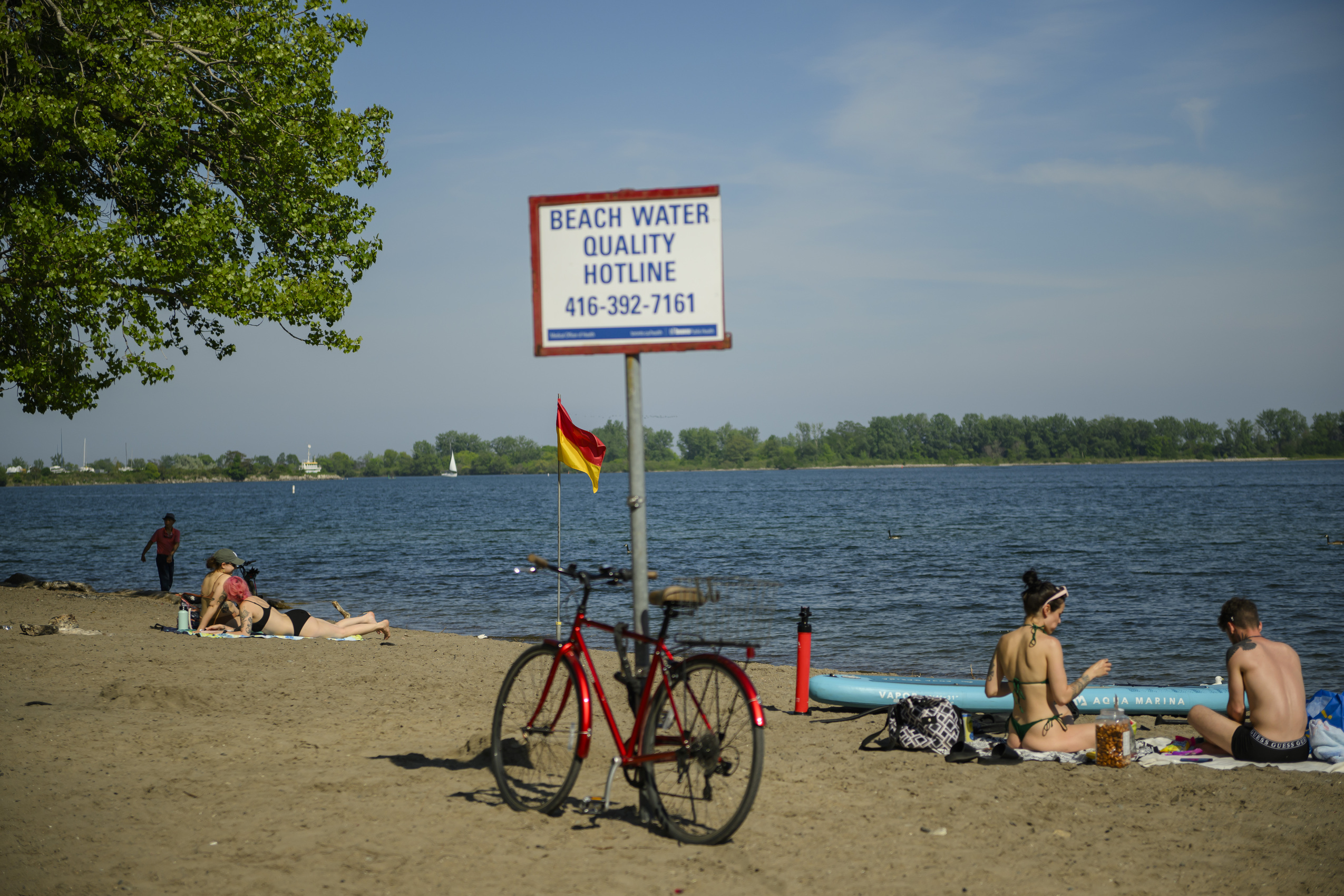
The third factor is the thickness of the ozone layer in Earth’s upper atmosphere. The ozone layer shields the planet from most of the sun’s UV rays, but not all. Its thickness can vary depending on atmospheric conditions and where you are. The ozone layer is also recovering from years of industrial pollution: scientists in the 1970s found some industrial chemicals were thinning the ozone layer, to the point where holes had formed. In response, 197 countries agreed to phase out those harmful chemicals.
The ozone layer is recovering, and a 2022 United Nations assessment found the hole over Antarctica is expected to stop forming around 2066.
When ozone forms at ground level, it can irritate the lungs and cause significant negative health effects, including throat and lung irritation, coughing and shortness of breath. Long-term exposure is linked to heart and lung problems.
Ozone forms when heat and sunlight combine with nitrogen oxides and volatile organic compounds, which are found in industrial and vehicle emissions. Lightning strikes and decaying biological matter can also generate ozone. If you’ve ever noticed the sky looking hazy on a hot day, it’s likely to be ozone created by the heat.
How is air pollution measured?
In the 1970s, the United States Environmental Protection Agency introduced the Air Quality Index (AQI) to help communicate the severity of air pollution to the public. The index scale runs from zero to more than 500, based on the highest concentration of one of five types of air pollutants: ground-level ozone, particulate matter, nitrogen dioxide, carbon monoxide and sulphur dioxide. (Particulate matter can include smoke, soot, dust, pollen and spores, as well as chemical particles.)
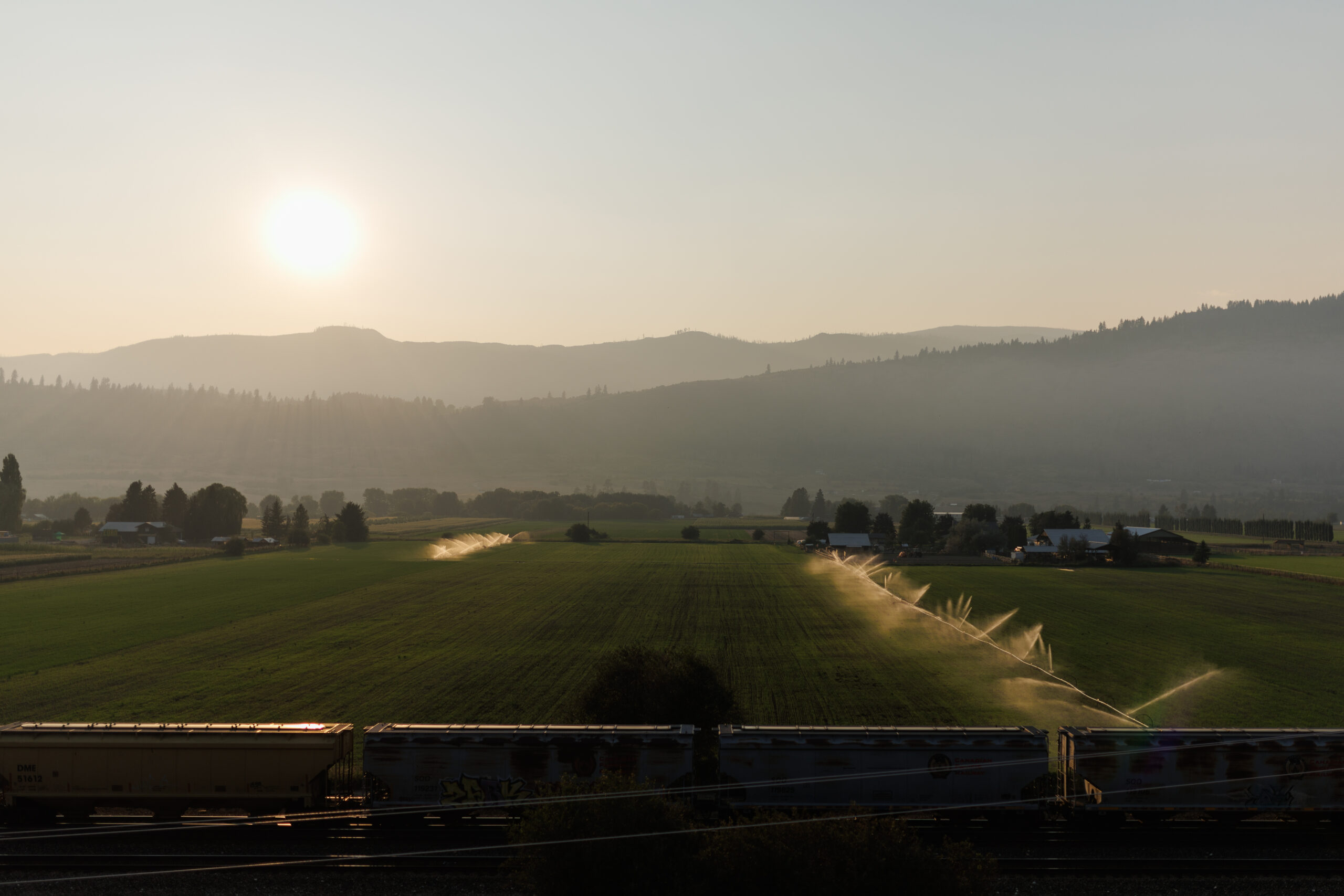
An air quality index value of zero to 50 is considered “good,” with no health concerns. A range of 151 to 200 is when some people may experience negative health effects such as coughing, throat soreness, chest tightness or chest pain when taking a deep breath. People who are especially vulnerable — including older adults, children and those with chronic conditions — can experience serious effects such as asthma attacks and bronchitis.
Air quality index values above 300 are considered hazardous for everyone.
What is the Air Quality Health Index and what does it measure?
In 2005, Health Canada and Environment Canada launched the Air Quality Health Index (AQHI), designed to help people better understand health risks stemming from air conditions. It was first used in B.C. and is now the preferred scale for communicating air quality in Canada.
The health index uses a colour-coded scale of zero to 10+, based on concentrations of ozone, particulate matter and nitrogen dioxide — the pollutants found to have the greatest health impacts. A 2021 Health Canada report estimated there were 15,300 premature deaths and 8,100 hospital visits due to air pollution in Canada in 2016.
The higher the health index score, the greater your risks and the more precautions you may need to take to stay safe and comfortable.
The health index also recognizes some people are more vulnerable to air pollution than others. People with cardiovascular and lung diseases are more likely to experience negative health effects, such as shortness of breath, at lower health index levels. Seniors and children are also more vulnerable to poor air quality conditions.
At “moderate” health index levels of four to six, most people won’t experience any health effects and can continue their regular outdoor activities. Those at higher risk may experience coughing or throat irritation and should consider skipping or rescheduling strenuous outdoor activities like hiking or running.
High health index levels range from seven to 10, signalling everyone should consider skipping strenuous outdoor activities. When the health index hits 10+, the risk of negative health effects is very high. (You can check your local health index conditions here.)
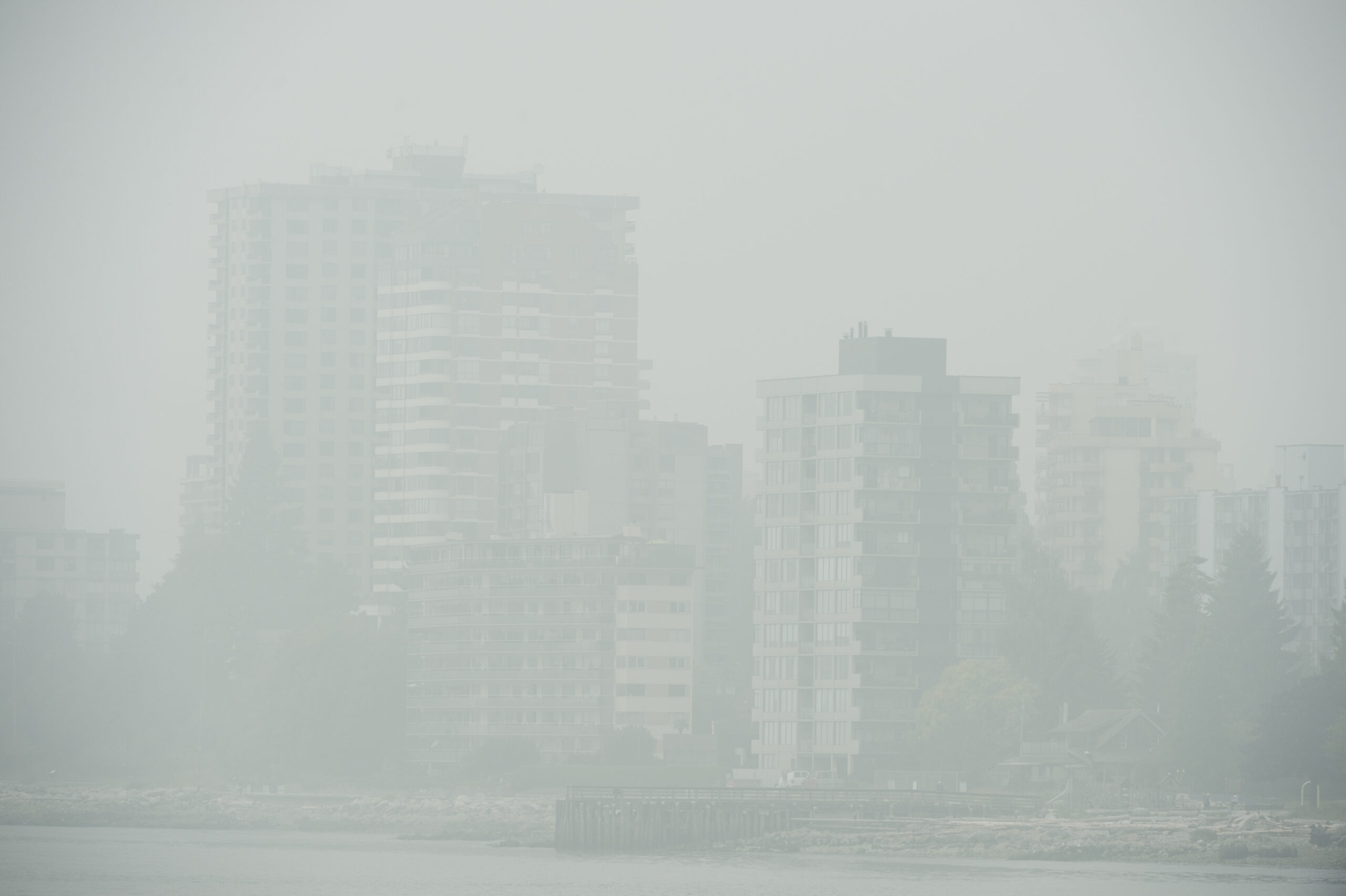
The worst health index reading ever recorded in Canada was in Kamloops during the wildfires of 2017, when the index hit 49.
Hotter, drier summers have made wildfires more common across much of Canada during warmer months. In 2023, the country saw the most destructive wildfire season ever recorded, with about 6,550 fires burning more than 184,900 square kilometres in parts of B.C., Alberta, the Northwest Territories, Nova Scotia, Ontario and Quebec.
Those fires created massive amounts of smoke that drifted across the continent, exposing millions of people to hazardous air quality. Wildfire smoke is a mix of particulate matter, volatile compounds and gases. Particulate matter is the main cause of the darkened skies and poor visibility on smoky days. The more particulates in the air, the hazier it becomes.
Air pollution particles are classified according to size. Coarse particles measure from 2.5 to 10 microns in diameter while fine particulates are less than 2.5 microns in diameter (and typically referred to as PM2.5). There are 10,000 microns in a centimetre — a human hair is about 70 microns. Fine particulates can travel deeper into the lungs than larger ones, posing greater threats to human health. A 2021 study by researchers at McGill University estimated that 4.2 million premature deaths globally every year, including 5,900 deaths in Canada, are attributable to PM2.5 air pollution that causes strokes, heart disease, lung cancer and other lung diseases.
Get the inside scoop on The Narwhal’s environment and climate reporting by signing up for our free newsletter. When I visited my reserve, Moose Factory,...
Continue reading
Xatśūll First Nation is challenging B.C.’s approval of Mount Polley mine’s tailings dam raising. Indigenous...

As the top candidates for Canada’s next prime minister promise swift, major expansions of mining...

Financial regulators hit pause this week on a years-long effort to force corporations to be...

